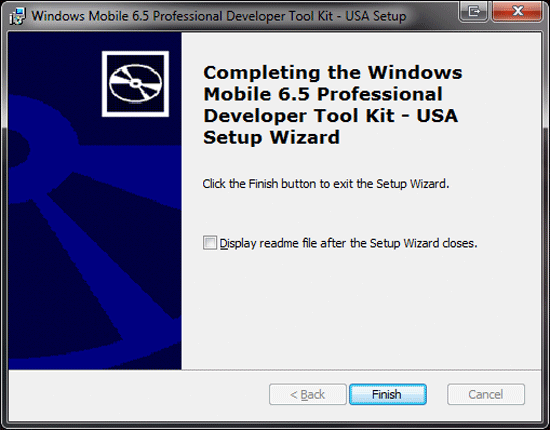

- Windows ce 6.0 emulator for windows 7 mac os#
- Windows ce 6.0 emulator for windows 7 pdf#
- Windows ce 6.0 emulator for windows 7 drivers#
- Windows ce 6.0 emulator for windows 7 driver#
- Windows ce 6.0 emulator for windows 7 portable#
Windows ce 6.0 emulator for windows 7 pdf#
Infrastructure technology to manage multiple network interfaces on the deviceĪpplications to render Microsoft Office Word, PowerPoint, Excel and Adobe PDF content on the device Plug-in engine to enable natural input abilities such as four-point multi-touch, advanced gestures and complex 3D animations Has multi-touch panning and zooming abilities and a customizable interface to optimize the browsing experience on devicesīrowser plug in to render rich media websites not available in Windows Phone 7 CE 6.0 R3 includes the following new features and abilities: Silverlight for Windows EmbeddedĪbilities brought to Windows Embedded CE to create rich applications and user interfaces Windows Embedded CE 6.0 R3 was finalized in September 2009 for OEMs and serves as the base platform for the Zune HD and Windows Phone 7. developing for the incompatible successor to the platform, Windows Phone 7.
Windows ce 6.0 emulator for windows 7 driver#
Windows ce 6.0 emulator for windows 7 mac os#
SCO UnixWare x86 Linux Microsoft Windows MS Windows Server MAC OS X. The lower 2 GB is the process VM space and is private per process. and mobile devices than any other wireless terminal emulation solution.
Windows ce 6.0 emulator for windows 7 portable#
The OS currently serves as the basis for the Zune HD portable media player. Windows Embedded CE 6.0 was released on Novemand includes partial source code. Each process receives 2 GB of virtual address space, up from 32 MB. CE 6.0 features a kernel that supports 32,768 processes, up from the 32-process limit of prior versions.

Windows Embedded CE 6.0 (codenamed " Yamazaki") is the sixth major release of the Microsoft Windows embedded operating system targeted to enterprise-specific tools such as industrial controllers and consumer electronics devices like digital cameras. ( August 2008) ( Learn how and when to remove this template message) Please help to improve this article by introducing more precise citations. If you want to go down the second route you also may be able to get an Intel Atom or AMD Geode board support package (BSP) which will help you develop the drivers.This article includes a list of general references, but it remains largely unverified because it lacks sufficient corresponding inline citations. Windows CE itself does support x86 processors, although I don't remember if it supports all x86 processors (instruction sets) or just 486's. This will require the Platform Builder application (I believe it's a plugin to Visual Studio now) and knowledge of the hardware that you are running on.
Windows ce 6.0 emulator for windows 7 drivers#
In the second case you will actually need to find or write drivers for the hardware that you want to run on and use. This will run the OS fine, albeit a bit slow depending on the architecture you choose to build the Guest OS for.

In the first case all you need is an emulator, which is provided with the development kit and in a more expensive version of Visual Studio. Make sure VS2008 is up to date and close it before starting the installation. In Visual Studio 2005, on the File menu, point to New and then click Project. You should be able to run Windows CE both in an emulator and installed on the device itself as the host operating system. Building an Image with Windows Embedded CE 6.0 R3. (From working with Windows CE 5.0, so there may be some differences, YMMV.)


 0 kommentar(er)
0 kommentar(er)
